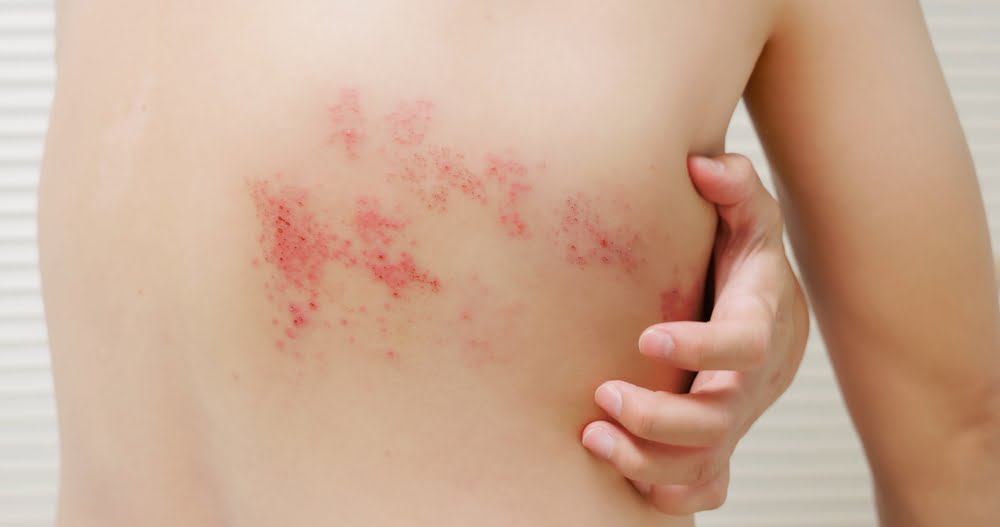Symptoms:
The rash is usually intensely itchy. Individual hives may vary in size and may occur anywhere on the body, usually lasting no more than 24 hours, but new lesions often develop as old ones fade. When deeper swelling develops on lips, ears, eyelids, hands, feet and genitalia, it is called angioedema. An episode of acute hives may last from days to weeks. Chronic urticaria is diagnosed when hives recur frequently over a period of 6 weeks or more.
Causes:
In majority of the cases, the cause of urticaria is unclear. However, common causes of urticaria include upper respiratory infection, foods (citrus fruits, milk, eggs, peanuts, tree nuts and shellfish), medications, insect bites and stings, animals, pollen, exposure to the sun, exercise, and stress.
Diagnosis:
The diagnosis of urticaria is made clinically by the dermatologist. An extensive workup may be done to determine the cause, including a detailed clinical history, thorough physical exam, and possibly laboratory studies and/or allergy testing, especially if lasting longer than 6 weeks.
Treatment:
Most cases are self-limited and resolve spontaneously. Symptomatic relief can be obtained from cool compresses, anti-itch creams, topical corticosteroids, and antihistamines. For more persistent urticaria, treatment may consist of a combination of a daily non-sedating antihistamine (cetirizine, loratadine, or fexofenadine) and a nightly more sedating antihistamine (diphenhydramine, chlorpheniramine, or hydroxyzine). Systemic corticosteroids and an anti-inflammatory medication called dapsone may be used in severe cases. A newer biologic injectable medication called Xolair® (omalizumab) has recently been approved for the treatment of chronic urticaria.


